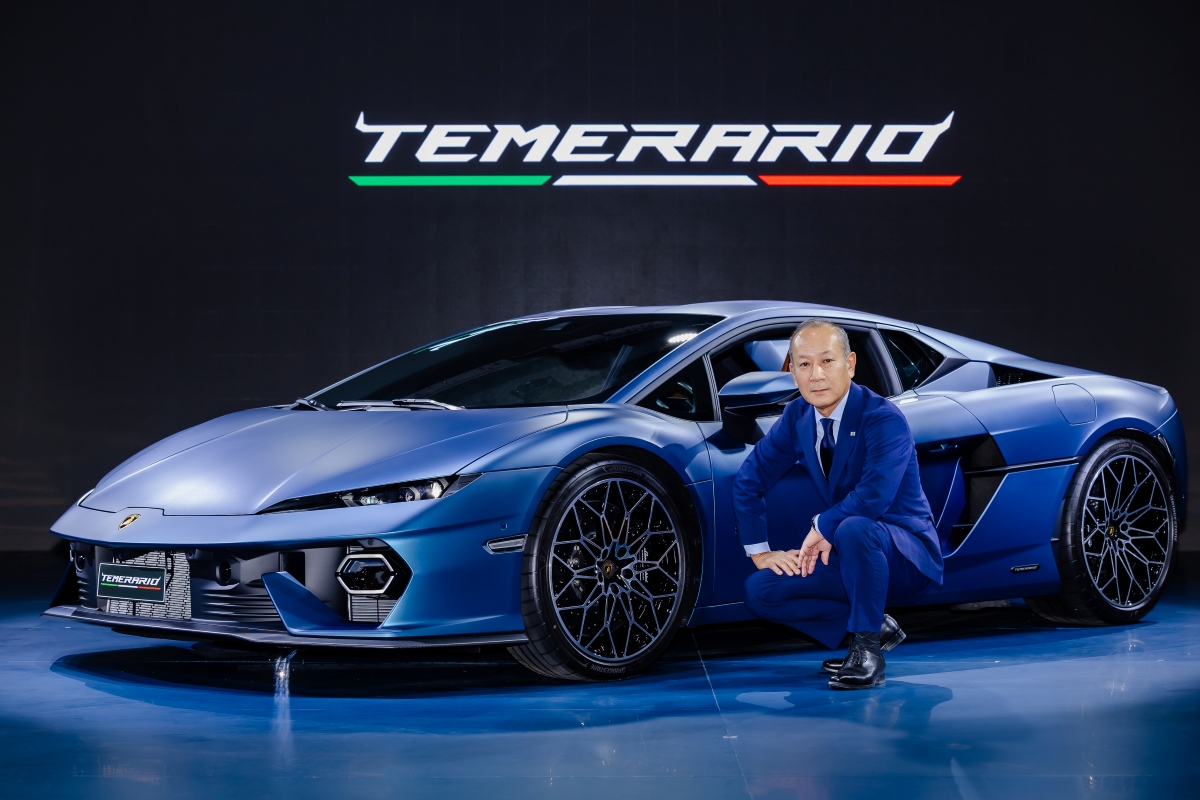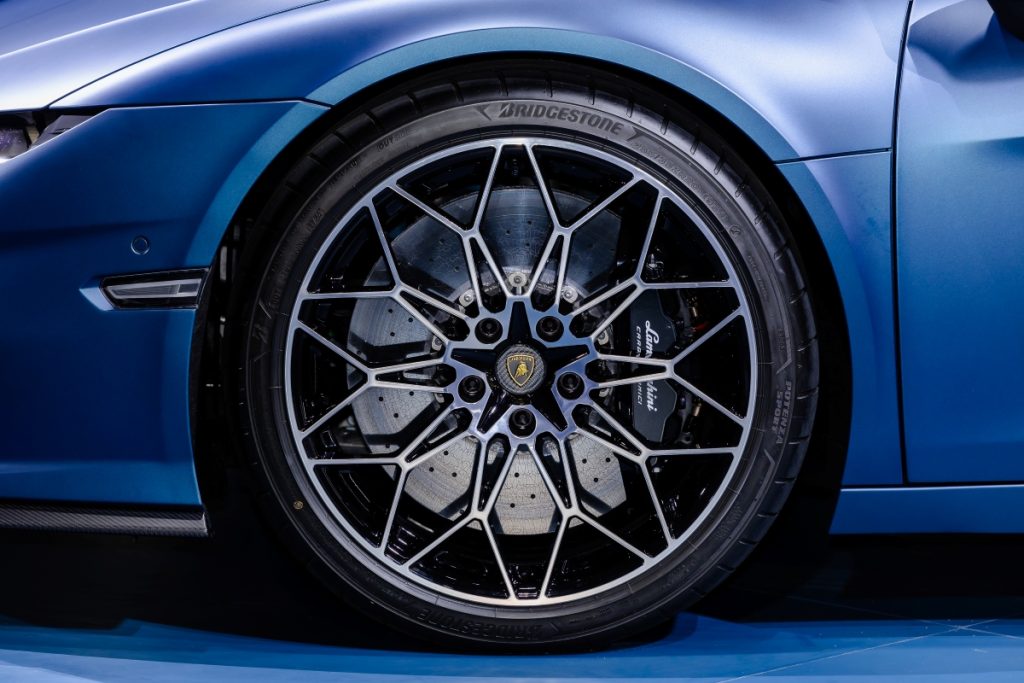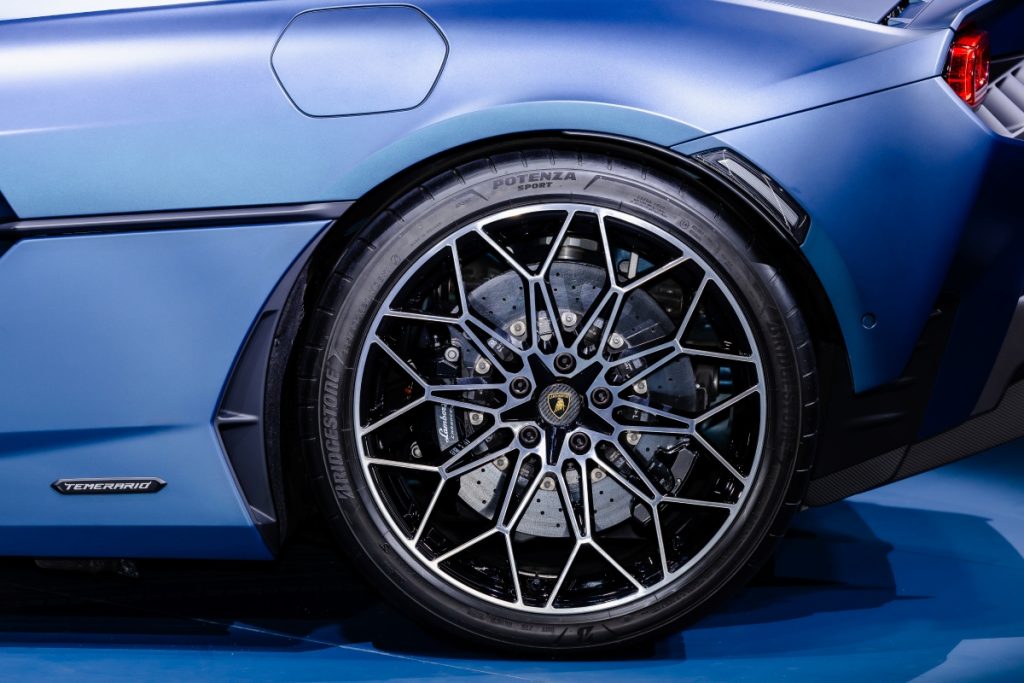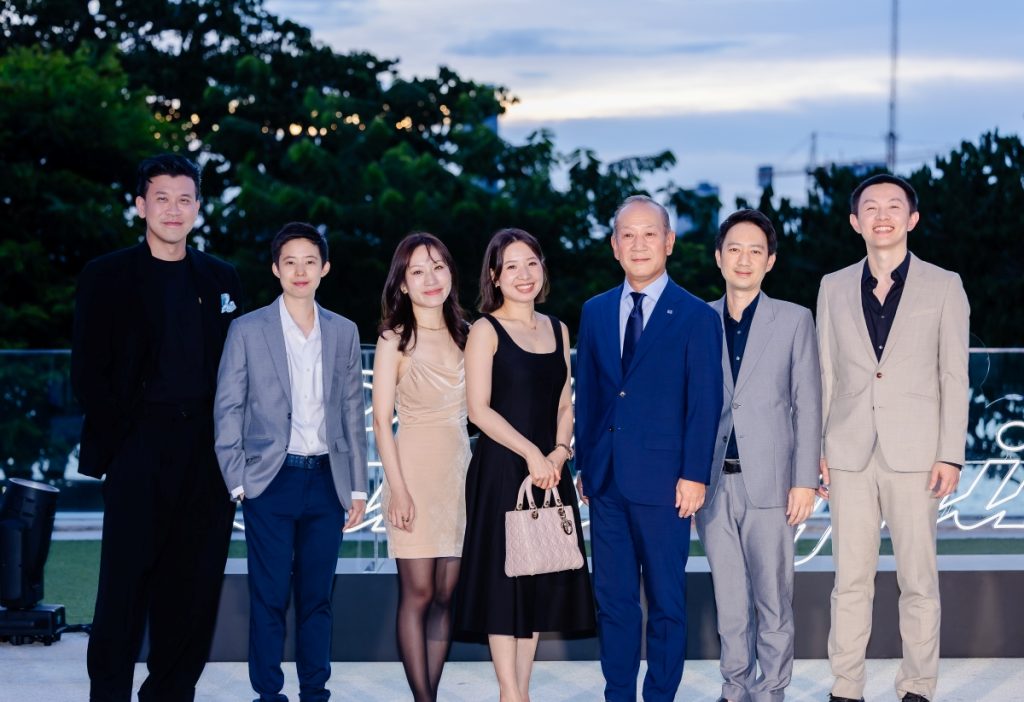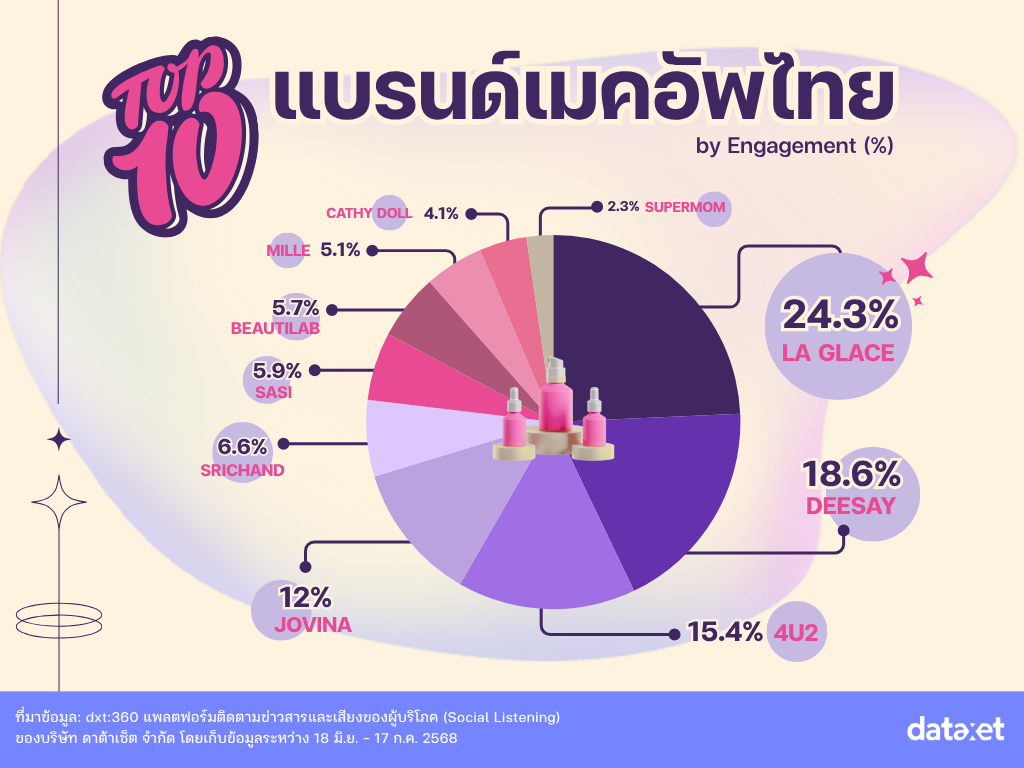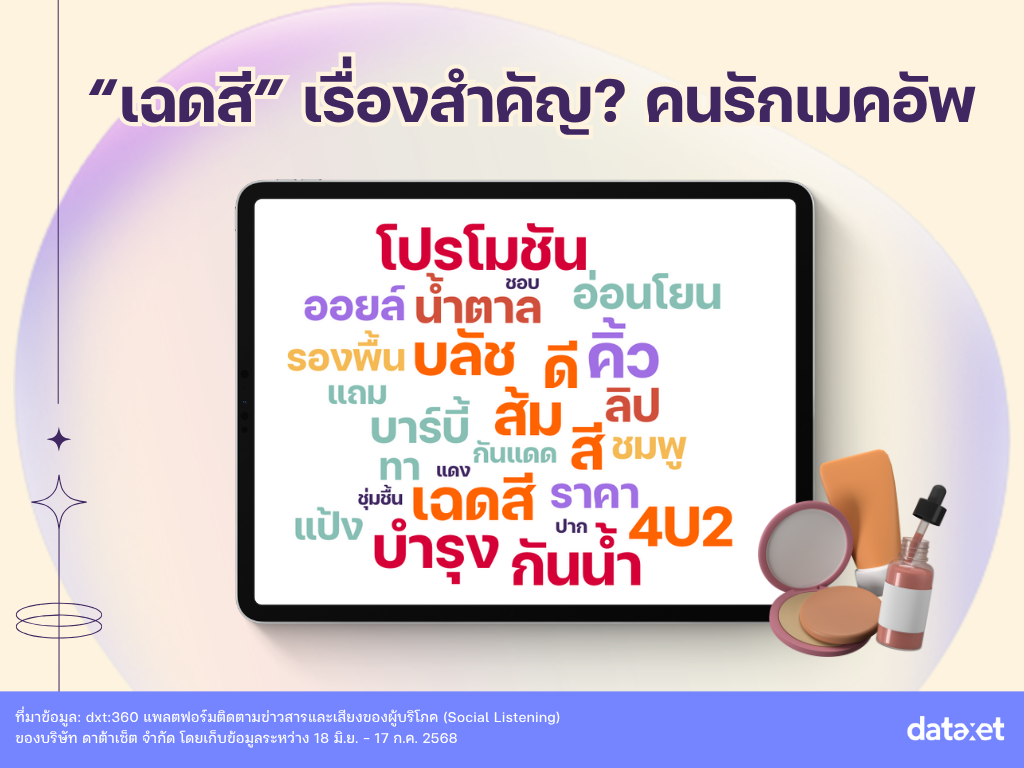
– This partnership also includes exclusively developed tyres; the POTENZA SPORT for the Lamborghini Revuelto. In addition, the partnership extends to the POTENZA SPORT and POTENZA RACE for the Lamborghini Huracán Tecnica, Lamborghini Huracán STO, and Lamborghini Huracán STJ, as well as the first-ever Dueler All-Terrain A/T002 RFT , developed exclusively for the Lamborghini Huracán Sterrato.
On June 25, 2025, Bridgestone participated in the grand debut of the “Lamborghini Temerario”, a high-performance V8 twin-turbo plug-in hybrid super sports car equipped with three electric motors. The super sports car stands out with its engine innovation capable of revving up to 10,000 RPM, delivering over 920 horsepower. It sets a new benchmark in powerful performance, thrilling driving experiences, and elevated travel sophistication. This first time in Southeast Asia debut took place in Thailand at the Four Seasons Hotel Bangkok, marking a significant moment for the region. Bridgestone has once again been selected as the exclusive technical tyre partner, developing the high-performance sports tyre, “POTENZA SPORT” for the Lamborghini Temerario. With cutting-edge technology, POTENZA SPORT delivers outstanding driving experience, pushing the excitement of sporty driving to the limit.
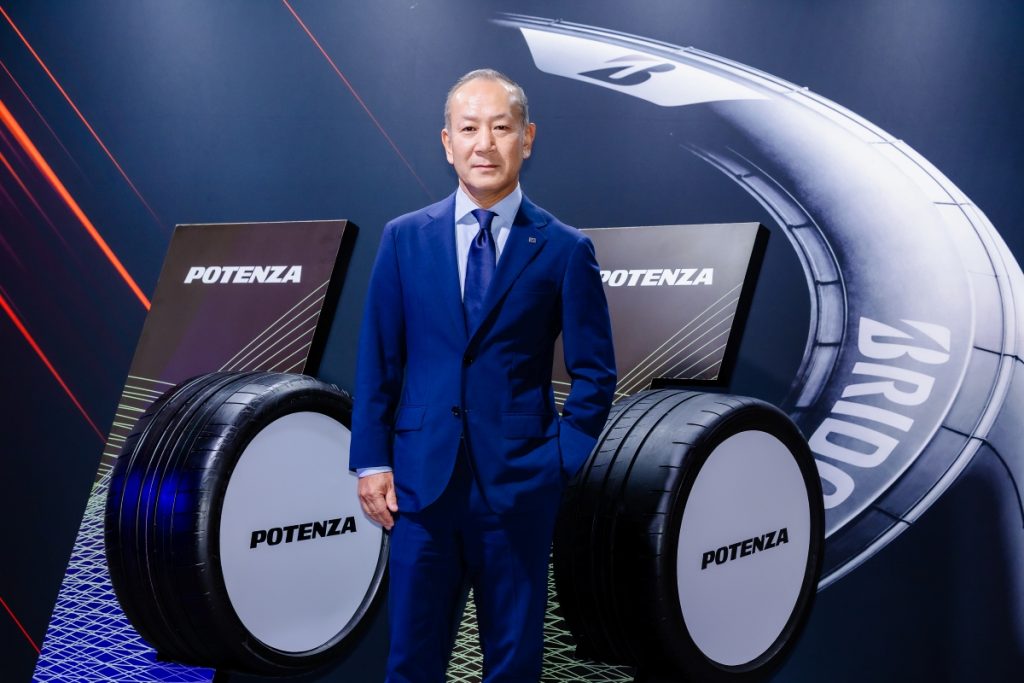
The exceptional performance of the POTENZA SPORT unleashes the full driving potential of the Lamborghini Temerario
- Optimized Tyre Compound: Uses innovative mixing technology to maximize performance on dry and wet roads
- Sporty Carcass Package: Supports steering response and stability
- Reinforcement Technology: Supports tyre reactiveness and creates more stability when travelling at speed (New hybrid crown reinforcement)
- Sporty Profile Shape: Increases contact area and maximizes dry performance
- Asymmetric Tread Design: Increases lateral stiffness and reduces block deformation
- Optimized Rib and Void Distribution: For more contact pressure and wet friction efficiency
- Innovative 3D Sipes: Increases shear stiffness with benefits in braking and abrasion resistance
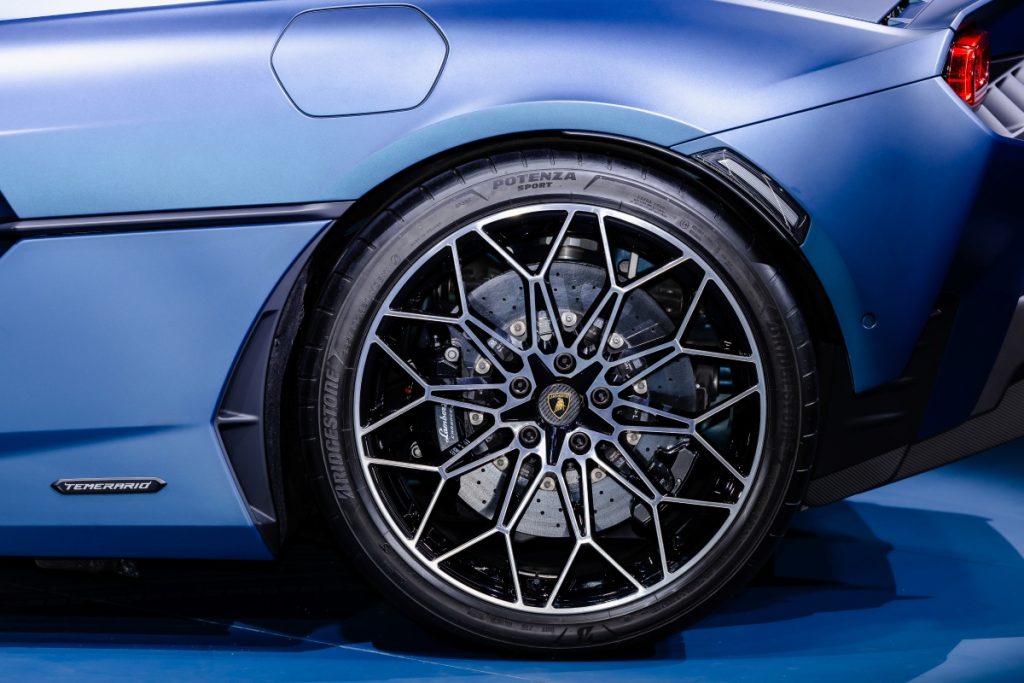
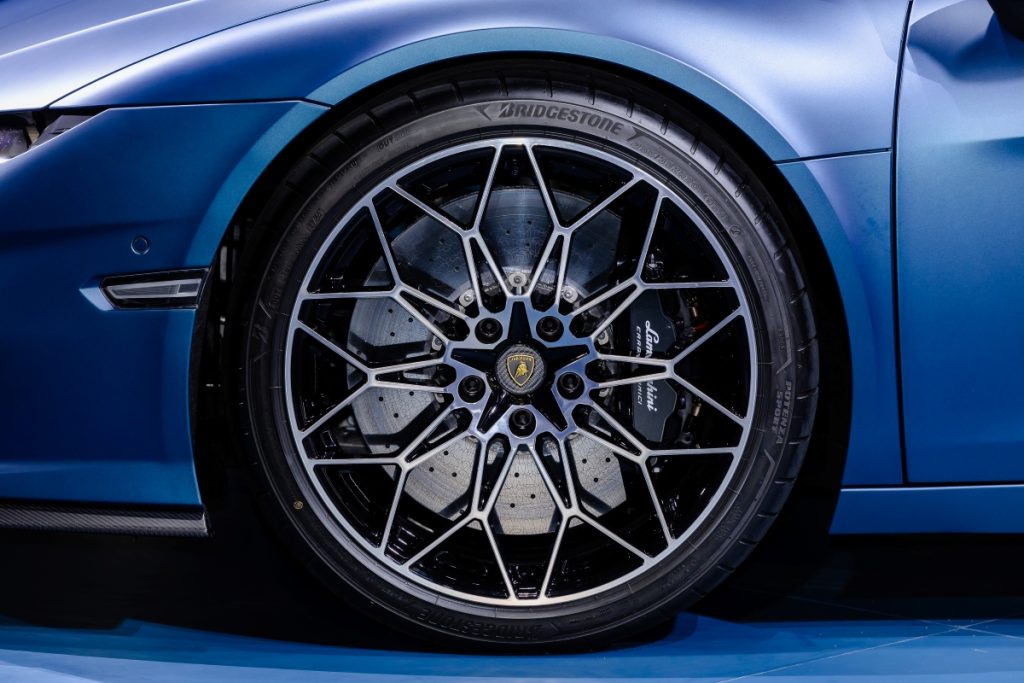
in size 255/35ZR20 for the front wheels (left) and 325/30ZR21 for the rear wheels (right)
Developed virtually to deliver greater efficiency and sustainability
The POTENZA SPORT for the Lamborghini Temerario developed at Bridgestone’s R&D Centre in Italy, leveraged by the company’s unique Virtual Tyre Development (VTD) technology. VTD improves both the efficiency and sustainability of the tyre development process. It eliminates around 200 physical prototypes, cuts physical vehicle tests by 80 percent, and reduces development time by up to 50 percent. The technology also leads to a reduction of up to 60 percent in raw material consumption and CO2 emissions in the development phase of original equipment tyres.
The Lamborghini Temerario is equipped with POTENZA SPORT in size 255/35ZR20 for the front wheels and 325/30ZR21 for the rear wheels.
Mr. Akihito Ishii, Managing Director of Bridgestone Sales (Thailand) Co., Ltd., said “Bridgestone is truly honored to have been selected by Lamborghini as the exclusive technical tyre partner, bringing our motorsport heritage through the powerful POTENZA SPORT tire development, specifically designed to enhance performance and elevate the thrilling driving of the Lamborghini Temerario. This marks another milestone in our ongoing successful collaboration and reinforces Bridgestone’s position as a premium tire brand trusted by the world-class luxury super sports car brand.”
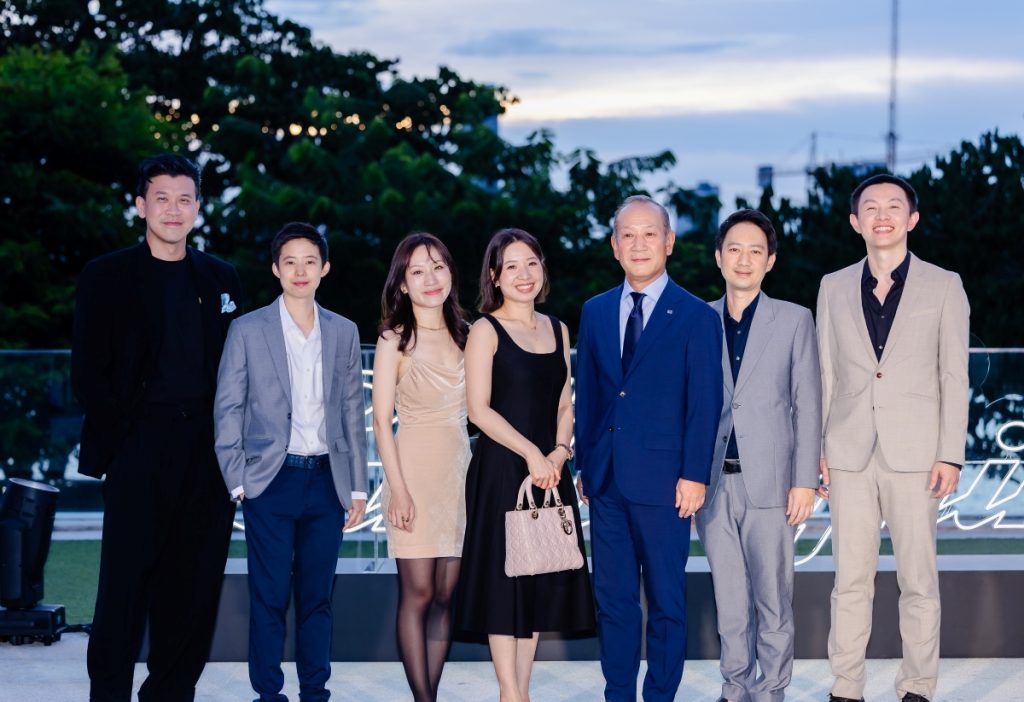
of the Lamborghini Temerario
About Bridgestone in Thailand:
Bridgestone is a global leader in tires and rubber building on its expertise to provide solutions for safe and sustainable mobility. In Thailand, Thai Bridgestone Co., Ltd. (TBSC) is a leading manufacturer in the Thai automotive industry, while Bridgestone Sales (Thailand) Co., Ltd. (BSTL) is the exclusive importer & distributor, and supervises the marketing strategy for Bridgestone, Firestone and Dayton branded tires in Thailand. Bridgestone is a brand trusted by its customers, dealers and business partners. Bridgestone offers a diverse product portfolio of premium tires and advanced solutions backed by innovative technologies, improving the way people around the world move, live, work and play.

